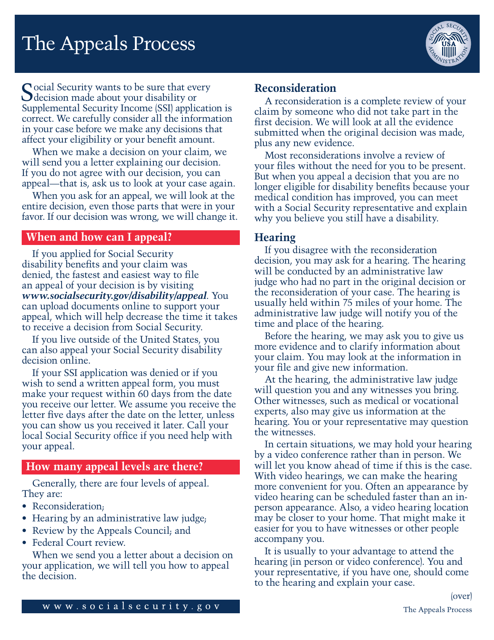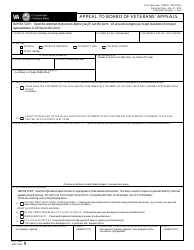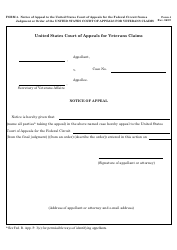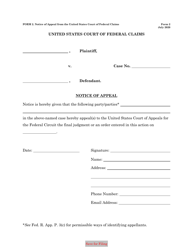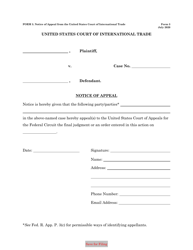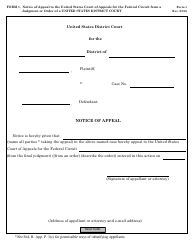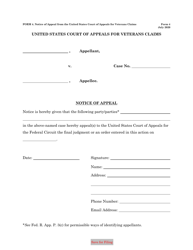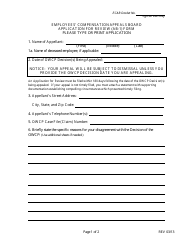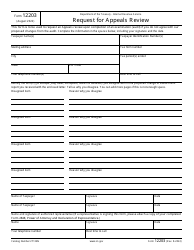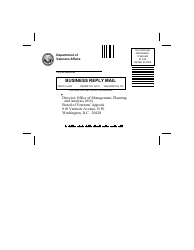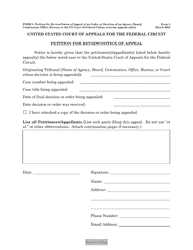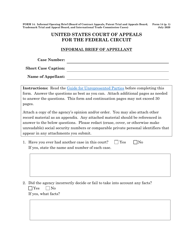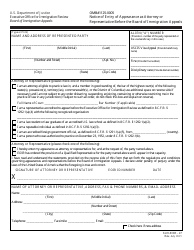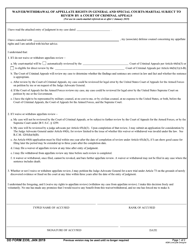The Appeals Process
The Appeals Process is a 2-page legal document that was released by the U.S. Social Security Administration on March 1, 2015 and used nation-wide.
FAQ
Q: What is the appeals process?
A: The appeals process is the legal procedure used to review and potentially overturn a court decision.
Q: When can someone appeal a court decision?
A: Someone can appeal a court decision if they believe there was a legal error or if they disagree with the outcome.
Q: What is the purpose of the appeals process?
A: The purpose of the appeals process is to provide a mechanism for correcting errors or injustices that may have occurred in the lower court.
Q: How does the appeals process work?
A: The appeals process typically involves filing an appeal with a higher court, submitting arguments and evidence, and presenting the case to a panel of judges.
Q: What are the possible outcomes of an appeal?
A: The possible outcomes of an appeal include having the lower court decision affirmed, reversed, or remanded back to the lower court for further proceedings.
Q: How long does the appeals process take?
A: The length of the appeals process can vary depending on the complexity of the case, but it generally takes several months to several years.
Q: Who can file an appeal?
A: Any party to a case, such as a plaintiff or defendant, can file an appeal.
Q: Is the appeals process available for all types of cases?
A: The appeals process is generally available for both civil and criminal cases, although there may be certain limitations or restrictions in some situations.
Form Details:
- The latest edition currently provided by the U.S. Social Security Administration;
- Ready to use and print;
- Easy to customize;
- Compatible with most PDF-viewing applications;
- Fill out the form in our online filing application.
Download a printable version of the form by clicking the link below or browse more legal forms and templates provided by the issuing department.
